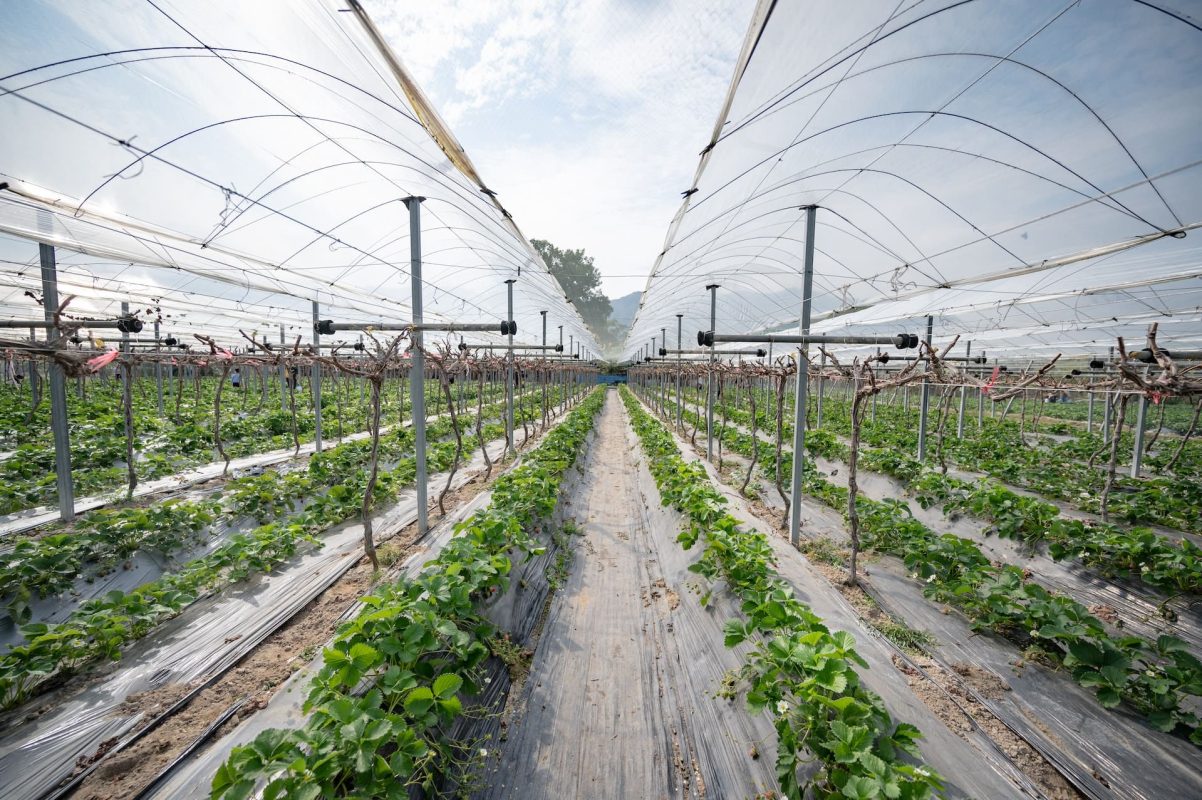YETRAC
Complete Guide to Fertilizing Vegetables in Greenhouse: Optimize Growth and Yields
Complete Guide to Fertilizing Vegetables in Greenhouse: Optimize Growth and Yields
Growing vegetables in a greenhouse provides an ideal environment for year-round cultivation. To maximize the growth and yields of your greenhouse vegetables, proper fertilization is crucial. In this comprehensive guide, we will explore the essential steps and techniques for effectively fertilizing vegetables in a greenhouse. From understanding nutrient requirements to selecting the right fertilizers and implementing strategic fertilization methods, you’ll gain valuable insights to optimize your greenhouse vegetable production.
Assessing Nutrient Needs
Before fertilizing your greenhouse vegetables, it’s important to assess their specific nutrient requirements. Conduct a soil analysis to determine the existing nutrient levels and pH balance. This analysis will guide you in identifying any deficiencies or imbalances that need to be addressed through fertilization.
Selecting the Right Fertilizers
Choose fertilizers that are specifically formulated for greenhouse vegetable production. Look for balanced fertilizers with a range of macro and micronutrients. Consider using controlled-release or slow-release fertilizers to provide a steady supply of nutrients over an extended period. Organic fertilizers, such as compost or well-decomposed manure, can also be incorporated to improve soil fertility.
Pre-Plant Fertilization
Prior to planting your greenhouse vegetables, incorporate a well-balanced fertilizer into the soil or growing media. Follow the recommended application rates based on the specific vegetable crop and the results of the soil analysis. Mix the fertilizer thoroughly into the soil to ensure uniform distribution of nutrients.
Monitoring and Adjusting
Regularly monitor your greenhouse vegetables for signs of nutrient deficiencies or excesses. Nutrient imbalances can manifest as yellowing leaves, stunted growth, or poor fruit development. Adjust your fertilization program accordingly, either by applying targeted fertilizers or adjusting the rates and timing of application.
Irrigation and Fertigation
Greenhouse vegetables often benefit from a fertigation system, which combines irrigation and fertilization. Use a water-soluble fertilizer and inject it into the irrigation system. This allows for precise and efficient nutrient delivery directly to the root zone. Monitor the electrical conductivity (EC) and pH levels of the irrigation solution to ensure optimal nutrient uptake.
Foliar Feeding
Supplemental foliar feeding can provide a quick nutrient boost to greenhouse vegetables. Apply foliar fertilizers using a fine mist sprayer, ensuring thorough coverage of the leaves. Foliar feeding is particularly useful for correcting nutrient deficiencies or when rapid nutrient uptake is required.
Timing and Frequency
Develop a fertilization schedule that aligns with the specific growth stages of your greenhouse vegetables. Different crops have varying nutrient requirements at different stages. For example, during the vegetative stage, nitrogen-rich fertilizers promote leafy growth, while phosphorus and potassium are important for flowering and fruit development stages. Follow guidelines provided by crop-specific resources or consult with agricultural experts for optimal timing and frequency of fertilization.
Organic Fertilizers and Soil Amendments
Incorporating organic fertilizers and soil amendments in greenhouse vegetable production promotes long-term soil health and sustainability. Compost, worm castings, and organic matter can enhance soil structure, nutrient retention, and microbial activity. Consider using organic fertilizers as part of your overall fertilization program to improve soil fertility and enhance the nutritional quality of your crops.
Disease and Pest Management
While fertilizing greenhouse vegetables, it’s essential to maintain vigilance against diseases and pests. Proper crop rotation, sanitation practices, and integrated pest management strategies should be implemented to minimize the risk of infestations and disease outbreaks.
Proper fertilization is a critical component of successful greenhouse vegetable production. By assessing nutrient needs, selecting the right fertilizers, implementing strategic fertilization methods, and monitoring plant health, you can optimize the growth and yields of your greenhouse vegetables. Remember to adjust your fertilization program based on crop-specific requirements, utilize fertigation systems for efficient nutrient delivery, and consider incorporating organic fertilizers and soil amendments for long-term soil health. By integrating effective fertilization practices with proper disease and pest management, you can create an ideal environment for robust and productive greenhouse vegetable cultivation. With these guidelines, you’ll be on your way to growing an abundant supply of nutritious and delicious vegetables in your greenhouse.

